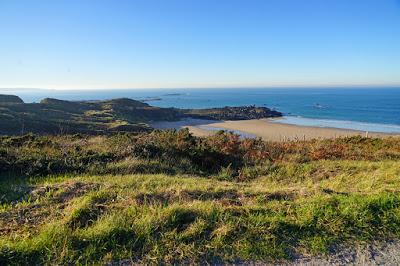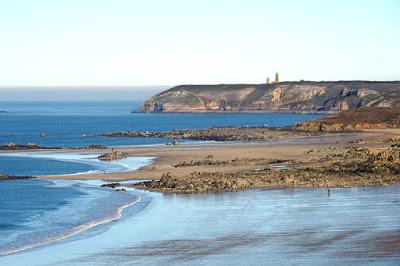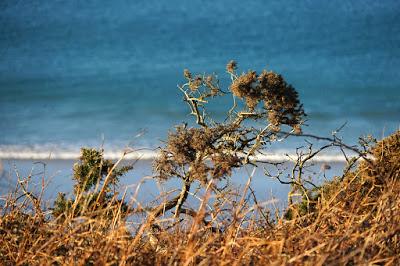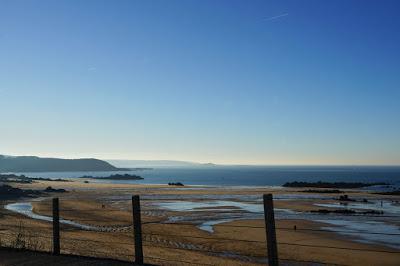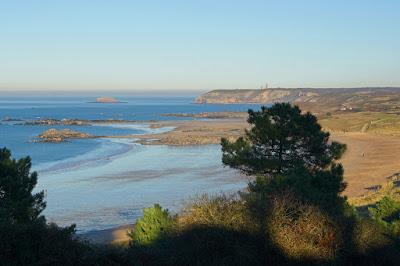More enduring is the Chapelle du Vieux Bourg, formerly the parish church of Pléhérel, which stands on top of cliffs 40 metres above a sandy bay. Parts of it date back 800 years, although major work was done in the eighteenth and nineteenth centuries. Its location is a bit of a mystery, as it was never in the heart of the parish. Theories include that Saint Herel had a hermitage in a nearby (and now-disappeared) cave, or that it was an important place of worship under the Romans. In 1870, a new parish church was dedicated at its center and this building demoted to chapel. Its dilapidated nave was demolished, but worship continued here and today it's in good condition.
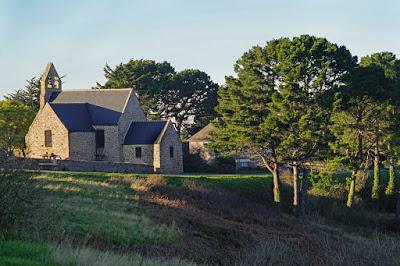
The moorland's vegetation is shaped by the poor soil and powerful winds. Its charms are obvious in summer, when the heather and gorse bloom with flowers, but even in winter it is beautiful.
